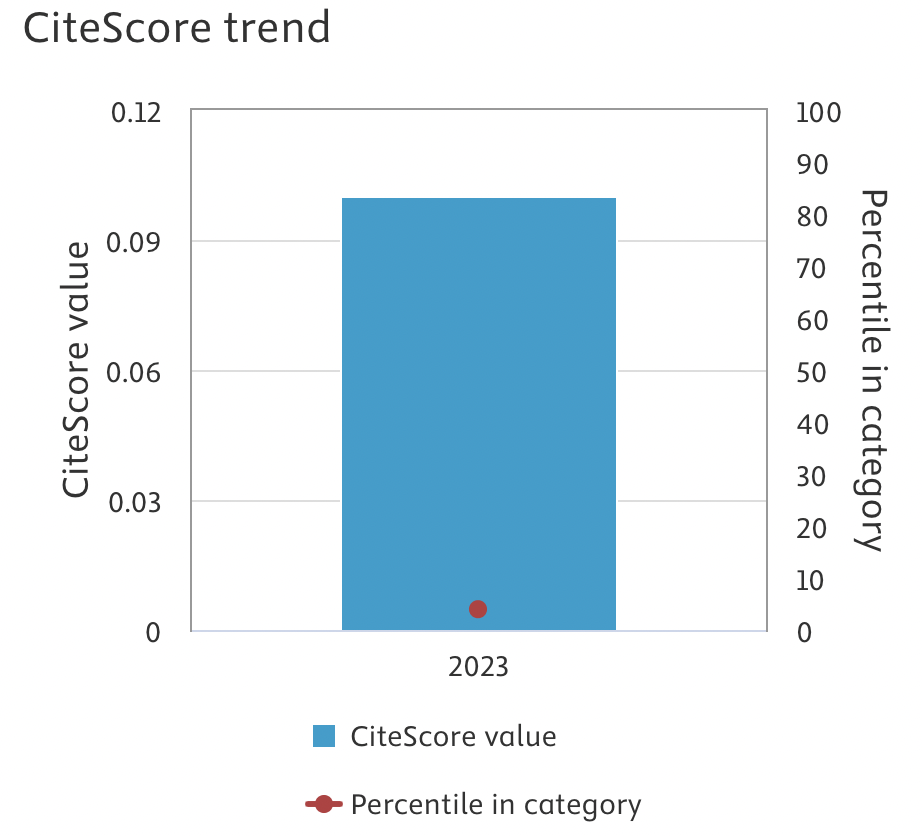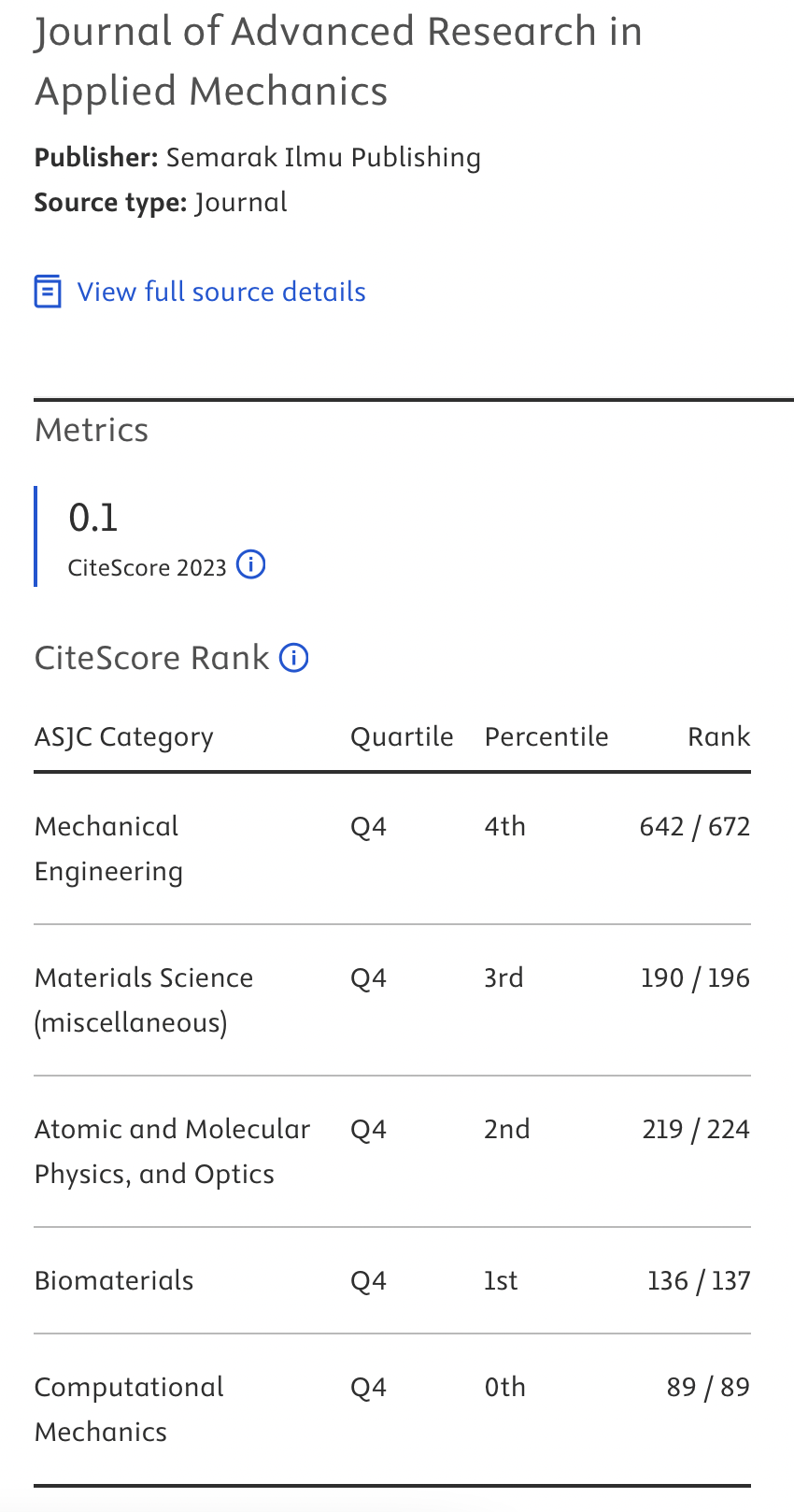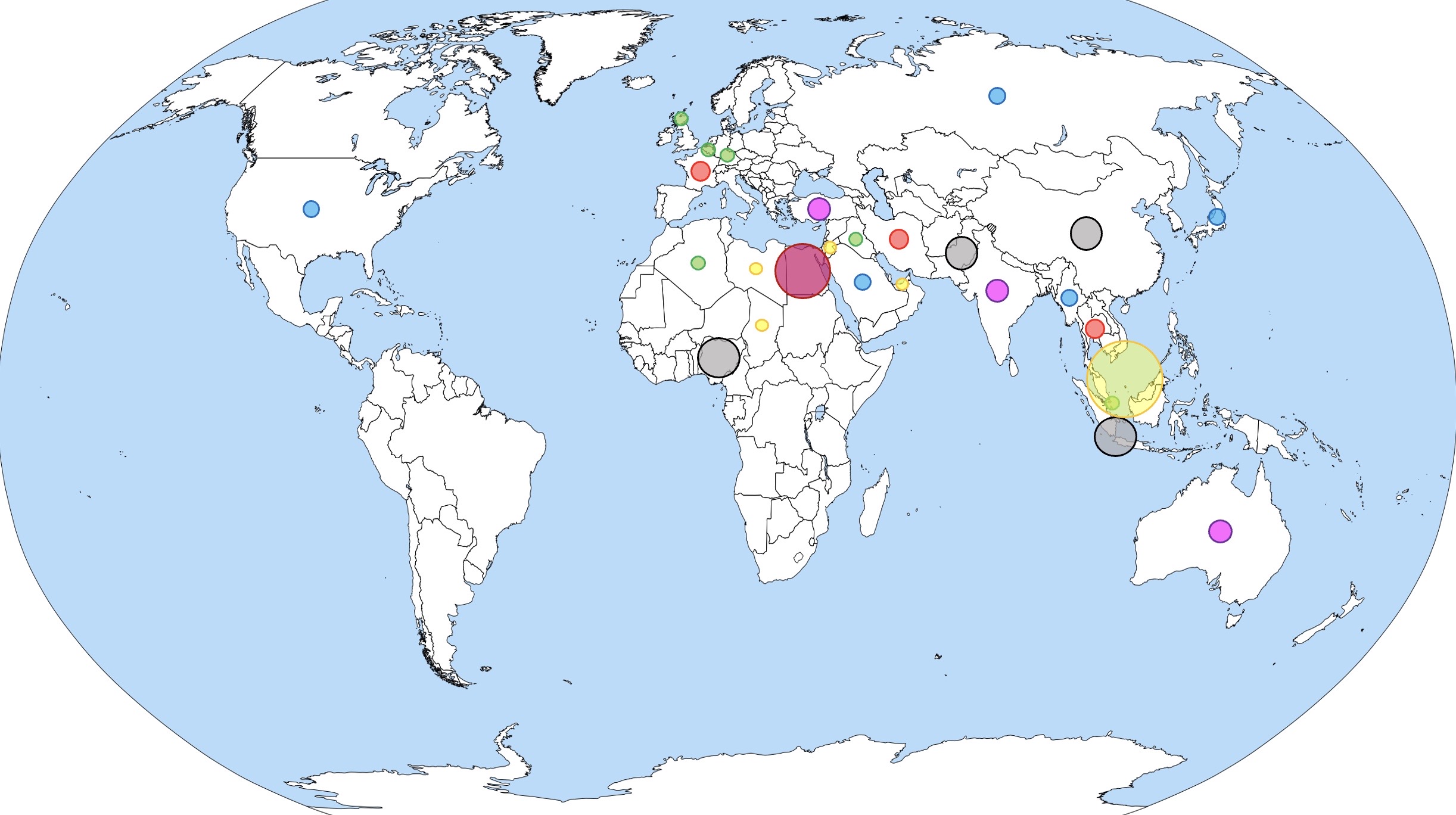Evaluation of Modified Ductile Ni-Resist Alloy Solidification with Higher Chromium and Manganese
DOI:
https://doi.org/10.37934/aram.130.1.2737Keywords:
Metal casting, solidification, Ni-Resist, nodularisation, inoculation, segregationAbstract
These days, batteries, applications requiring high temperatures, and corrosive environments are the main uses for nickel. The rise in electric and hybrid vehicles has increased the amount of nickel used as the primary component in alloys. Due to manufacturer interest, the price of nickel had reached its apex and was becoming erratic. One compound that is impacted is the Ni-Resist alloy. In this work, the nickel weight % of an alloy known as ductile Ni-resist alloy was reduced in order to reduce processing costs due to nickel price. This effort involved the modification of ductile Ni-resist alloy with a minimum 18 weight percent nickel content with up to 10 weight percent of chromium and manganese which were added during melting stage. The adjustment was looked into in an effort to lessen the cost of the alloying process by using less nickel in the alloying mixture. After that, the microstructure, solidification behavior, and property evaluation were looked at. The findings demonstrate that increased manganese and chromium content on modified ductile Ni-resist alloy affects base iron’s DAS and SDAS as well as graphite production. The dimension of DAS and SDAS was minimally altered by the addition of chromium and manganese weight percentage. Following solidification, a distinct kind of DAS and SDAS was seen on the modified ductile Ni-resist.
Downloads



























